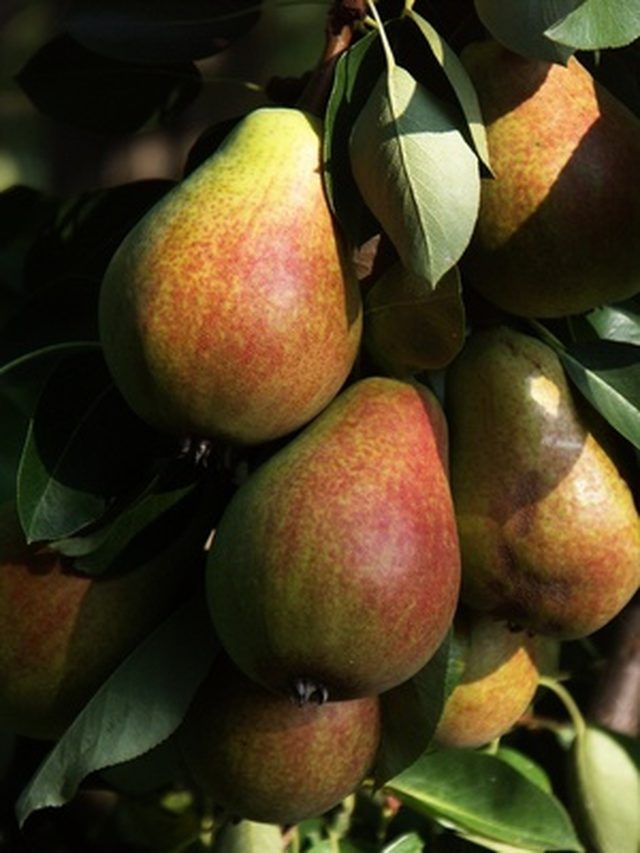Bulbs
Flower Basics
Flower Beds & Specialty Gardens
Flower Garden
Garden Furniture
Garden Gnomes
Garden Seeds
Garden Sheds
Garden Statues
Garden Tools & Supplies
Gardening Basics
Green & Organic
Groundcovers & Vines
Growing Annuals
Growing Basil
Growing Beans
Growing Berries
Growing Blueberries
Growing Cactus
Growing Corn
Growing Cotton
Growing Edibles
Growing Flowers
Growing Garlic
Growing Grapes
Growing Grass
Growing Herbs
Growing Jasmine
Growing Mint
Growing Mushrooms
Orchids
Growing Peanuts
Growing Perennials
Growing Plants
Growing Rosemary
Growing Roses
Growing Strawberries
Growing Sunflowers
Growing Thyme
Growing Tomatoes
Growing Tulips
Growing Vegetables
Herb Basics
Herb Garden
Indoor Growing
Landscaping Basics
Landscaping Patios
Landscaping Plants
Landscaping Shrubs
Landscaping Trees
Landscaping Walks & Pathways
Lawn Basics
Lawn Maintenance
Lawn Mowers
Lawn Ornaments
Lawn Planting
Lawn Tools
Outdoor Growing
Overall Landscape Planning
Pests, Weeds & Problems
Plant Basics
Rock Garden
Rose Garden
Shrubs
Soil
Specialty Gardens
Trees
Vegetable Garden
Yard Maintenance
How to Root a Cutting from a Pear Tree
How to Root a Cutting from a Pear Tree. Fruit trees are difficult to grow from cuttings as horticulturists warn that the cutting may not produce the fruit variety of the parent plant. Usually fruit trees including pear trees are grafted, but grafting is a rather scientific process that requires several different species of tree and a lot of time....

Fruit trees are difficult to grow from cuttings as horticulturists warn that the cutting may not produce the fruit variety of the parent plant. Usually fruit trees including pear trees are grafted, but grafting is a rather scientific process that requires several different species of tree and a lot of time. It is possible to propagate pear trees from cuttings without much difficulty if the cuttings are selected and rooted properly. A good rooting hormone and adequate moisture are keys in successfully rooting pear tree cuttings.
Things You'll Need
Small sharp garden clippers
Perlite
Vermiculite
Large plastic cup
Rooting hormone
Clear plastic wrap
Rubber band (optional)
Sunny, warm location
Identify a new shoot growing from the tip of a pear tree branch and snip it off at a 45-degree angle 6 inches from the tip with small sharp garden snippers.
Remove all the leaves but the smallest leaves at the top portion of the cutting.
Mix equal parts perlite and vermiculite in a large plastic cup and then add enough water to make the mixture moist but not saturated.
Dip the snipped end of the cutting in rooting hormone and tap off any excess.
Make a 1-inch-deep hole in the center of the potting mixture with your finger and set the cutting into it, being careful not to knock off the rooting hormone. Firm the potting mix around the cutting.
Tent clear plastic wrap loosely over the cutting and wrap the plastic wrap around the bottom of the cup to seal the environment inside the cup. Alternatively, use a rubber band around the plastic just under the lip of the cup to seal the plastic wrap to the cup.
Place the cup and cutting on a windowsill in indirect sunlight and allow the cutting to root for two weeks.
Mist to keep the soil moist if it looks like it is drying out. Otherwise keep the plastic sealed to the cup so condensate develops inside and maintains the cutting's environment, as with a terrarium.
Tug gently on the cutting after two weeks and test for resistance, which means roots have developed and the rooting of the cutting was successful.